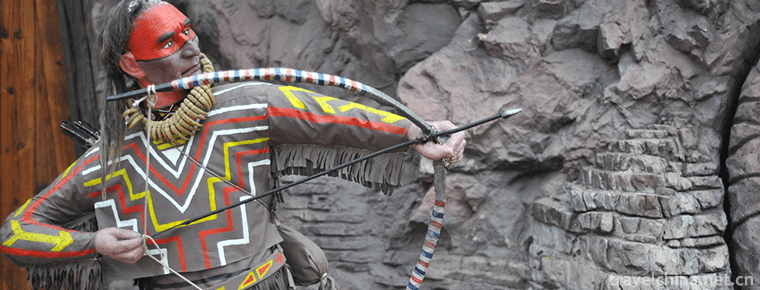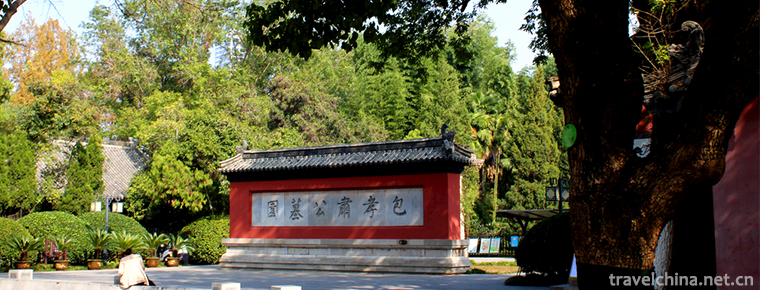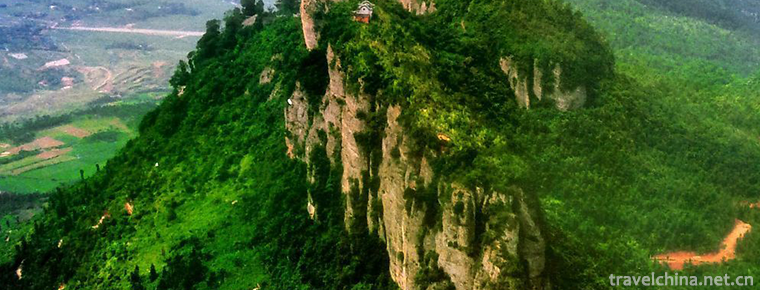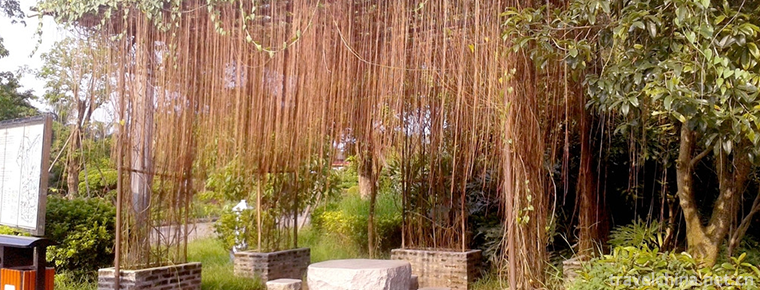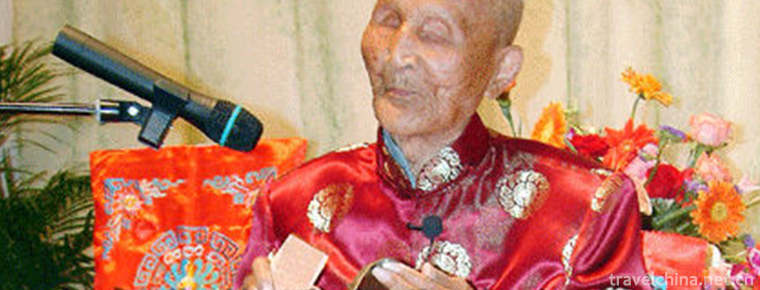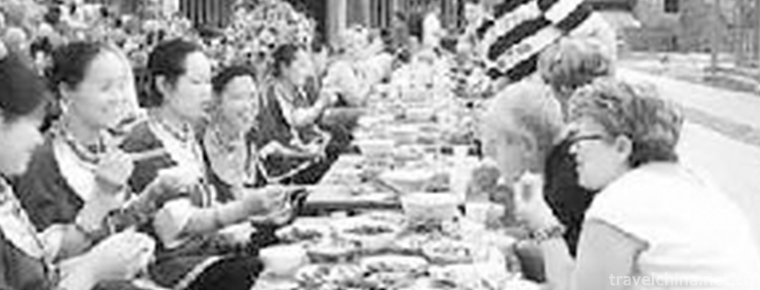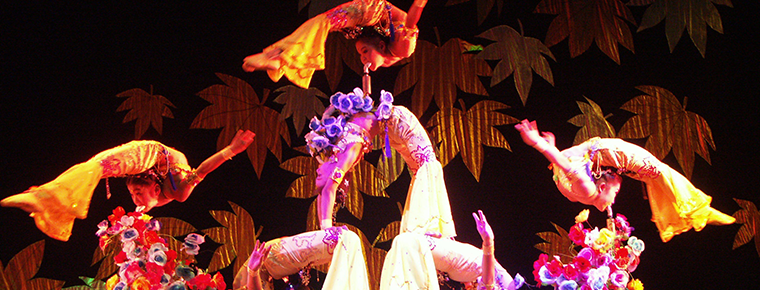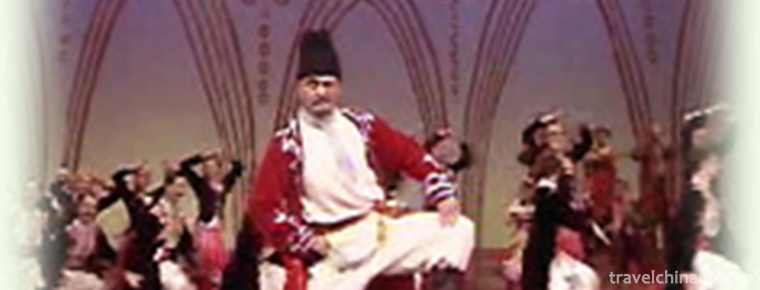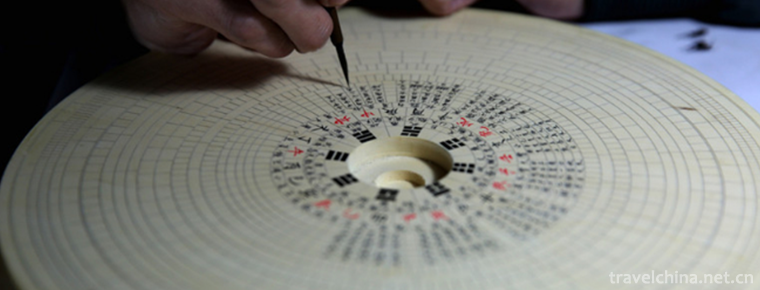Neijiang in yuan Ming and Qing Dynasties
Neijiang in yuan, Ming and Qing Dynasties
In 1279, China was unified and the Yuan Empire was established. After more than 30 years of war between the end of Song Dynasty and the beginning of Yuan Dynasty, the system of Zizhou and Puzhou has not been restored except Jianzhou. In the 22nd year of Emperor Shun's reign (1362). Xu Shouhui moved mingyuzhen to Sichuan and established the local separatist regime in Daxia. A large number of Huguang residents followed him to Sichuan, and Zizhou (including Neijiang county) and Anyue (including Shiyang county) restored the governance of prefectures and counties.
During the years of Longqing and Wanli of Ming Dynasty (1567-1619), the division framework of Neijiang and Zixian (Zizhou was rebuilt), Ziyang, Jianzhou (once changed to Jianxian), Anyue, Lezhi, Weiyuan, Longchang and other eight counties (prefectures) were basically fixed.
In the 16th year of Shunzhi of Qing Dynasty (1659), the land of Shu was established, and in the early years of Kangxi (1662), the officials of various states and counties in Neijiang City gradually came to their posts. In 1727, Zhili Prefecture of Zizhou (changed to Zixian and governed Ziyang, Neijiang, Renshou and Jingyan counties) was established.

Neijiang in yuan Ming and Qing Dynasties
-
QomolangmaEverest
Mount Qomolangma (Mount Qomolangma) is the main peak of the Himalayas and the highest mountain in the world. It is located on the border between China and Nepal. The peak is located in China
Views: 306 Time 2018-10-30 -
Guilin Happy Land Theme Park
Guilin Lemandi theme park Gudong Waterfall is suitable for sightseeing all the year round. April-October is the best time for Guilin tourism. The scenic spot is located in Guilin
Views: 175 Time 2018-12-12 -
Package Park
Baoyuan, or Baoyuan for short, is located at 72 Wuhu Road, Hefei City, Anhui Province. It was built in 1063, the seventh year of Jiayou in the Northern Song Dynasty. It was built in memory of Baozheng
Views: 427 Time 2018-12-26 -
Jiangyou Dou Meishan Scenic Area
Dou Meishan Scenic Spot is an important part of Jianmen Shudao National Scenic Spot. It is 25 kilometers north of Jiangyou City and 170 kilometers away from Chengdu
Views: 168 Time 2019-01-21 -
Kaiping Garden
Kaiping Liyuan is located in Bohua Village, Tangkou Town, Kaiping City, Guangdong Province. It is a private garden of Xie Weili, an overseas Chinese traveling to the United States in Tangkou Town
Views: 148 Time 2019-01-29 -
Sing the news
Singing news is a traditional local opera popular in eastern Zhejiang, especially in Fenghua, Beilun, Zhenhai, Yinzhou and Xiangshan. Singing news has a long history, about a hundred years ago
Views: 224 Time 2019-04-16 -
Daur Costume
The Daur nationality has a long history and agricultural culture in northern China. Daur garments are greatly influenced by Mongolian and Manchu nationalities.
Views: 274 Time 2019-04-22 -
Dong medicine
Dong medicine is a bright pearl in the treasure house of Chinese medicine. The Dong people living in mountainous areas for generations have accumulated experience in treating various diseases and form
Views: 108 Time 2019-04-27 -
Jianhu acrobatics
Jianhu acrobatics is a kind of traditional acrobatics art of Han nationality, which originated and spread in Jianhu County, Yancheng City, Jiangsu Province. Historically,
Views: 90 Time 2019-05-05 -
Nazikum
Nazikum is a folk dance performance that combines instrumental performance, competitive performance, mime performance and rap. The unique squatting dance is the leading style in Uygur folk songs and d
Views: 162 Time 2019-06-07 -
Manufacturing Techniques of Wanan Compass
Wan'an compass making technology, the local traditional handicraft in Xiuning County, Anhui Province, is one of the national intangible cultural heritage.
Views: 159 Time 2019-06-26 -
Scientific research on Chengdu Giant Panda Base
As of 2016, it has undertaken one national major basic research project (former "973" project), one national "Tenth Five Year Plan" high technology research (863 plan), several provincial, ministerial and municipal scientific research projects and Chengdu Giant Panda Breeding
Views: 127 Time 2020-12-13

